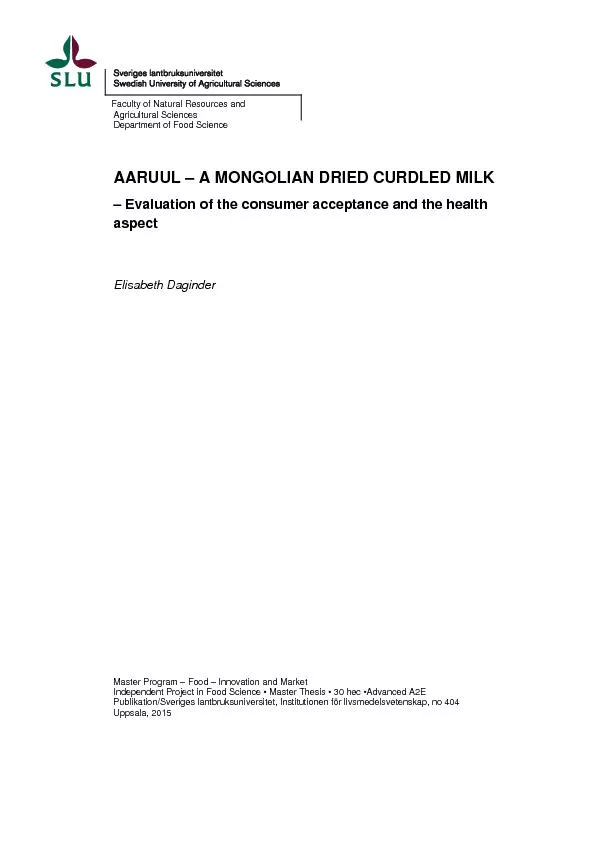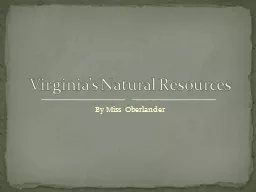PDF-Faculty of Natural Resources andAgricultural SciencesDepartment of Foo
Author : calandra-battersby | Published Date : 2016-11-12
1 Aaruul 150 A Mongolian dried curdled milk Evaluation of the consumer acceptance and the health aspectElisabeth DaginderSupervisorJana Pickova Department of Food
Presentation Embed Code
Download Presentation
Download Presentation The PPT/PDF document "Faculty of Natural Resources andAgricult..." is the property of its rightful owner. Permission is granted to download and print the materials on this website for personal, non-commercial use only, and to display it on your personal computer provided you do not modify the materials and that you retain all copyright notices contained in the materials. By downloading content from our website, you accept the terms of this agreement.
Faculty of Natural Resources andAgricultural SciencesDepartment of Foo: Transcript
Download Rules Of Document
"Faculty of Natural Resources andAgricultural SciencesDepartment of Foo"The content belongs to its owner. You may download and print it for personal use, without modification, and keep all copyright notices. By downloading, you agree to these terms.
Related Documents














